
Episode 16 of The Good Doctor Season 6, titled “The Good Lawyer,” throws Dr. Shaun Murphy into a complex malpractice lawsuit, forcing him to confront not only his medical decisions but also the very nature of justice. While the episode is engaging, it also stretches the boundaries of realism, sparking mixed feelings about its execution. This recap dives deep into the episode’s narrative, examining both its compelling moments and its questionable plot devices, while hoping for a more grounded approach in future episodes, should there be more.
Episode Breakdown: Navigating Legal and Ethical Grey Areas
The Case of Bob Patton: A Decision Under Scrutiny
Patient: Bob Patton
Presenting Condition: Arm laceration and radial artery bleed following a car accident.
Physicians: Dr. Shaun Murphy, Dr. Alex Park
Diagnosis & Treatment: At the scene of a car accident, Shaun and Park find Bob with a severe arterial bleed. Shaun, acting as a first responder, applies a makeshift tourniquet. However, as Bob’s condition deteriorates with labored breathing and a weak pulse, Shaun determines that Bob’s hand is irreversibly damaged due to lack of blood flow and is releasing toxins into his bloodstream, posing an immediate threat to his life. Faced with a critical situation and limited resources, Shaun makes the drastic decision to perform a field amputation of Bob’s hand using tools from the overturned vehicle.
The Aftermath: Bob survives and recovers, but surprisingly, files a malpractice lawsuit against Shaun, questioning the necessity of the amputation. The ensuing trial becomes the central conflict of the episode. During the legal proceedings, the critical question arises: Was the amputation truly necessary, or could it have been avoided? Park raises the possibility of a vasospasm, suggesting that a calcium channel blocker from the arriving ambulance could have restored blood flow. However, Shaun proceeded with the amputation without waiting for the ambulance or considering this alternative.
The trial hinges on whether Shaun acted negligently or made the best possible decision under immense pressure and with limited information at the accident scene. Crucially, a lactate test, which could definitively determine if vasospasm occurred, is not conducted until after the trial, leaving the medical justification for the amputation unresolved and shrouded in ambiguity.
Shaun’s Legal and Personal Journey
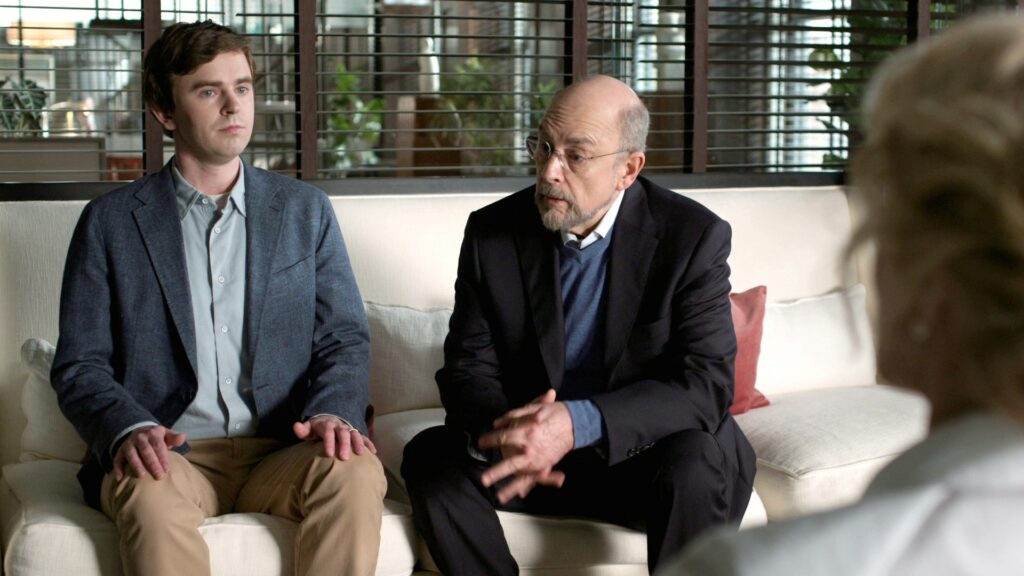
Following the summons, Shaun seeks legal counsel, initially turning to Dr. Glassman’s recommended lawyer, Janet Stewart. Stewart presents a settlement offer: $300,000 paid by insurance and a six-month supervisory period for Shaun. Shaun views this as a professional setback, a humiliating compromise given his hard-earned expertise. The alternative – a trial – carries the risk of a negative verdict that could be escalated to the Californian Medical Board, potentially jeopardizing his medical license.
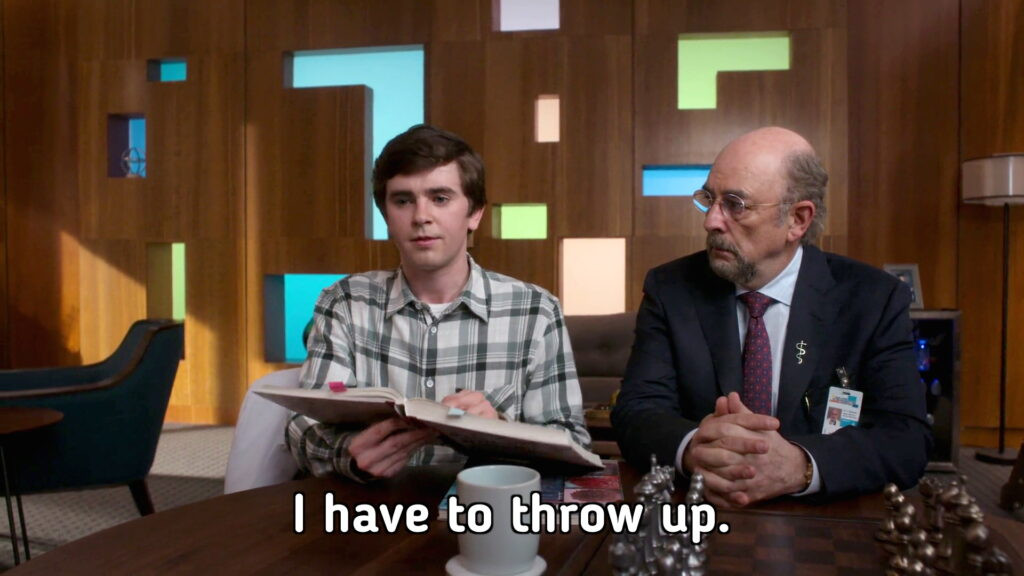
In a seemingly chance encounter, Shaun meets Joni DeGroot, a young lawyer working for Stewart’s firm. Joni, despite facing her own challenges with Obsessive Compulsive Disorder (OCD) that limits her client interaction, possesses sharp intellect and a keen eye for detail. Intrigued by Shaun’s case and his unconventional approach to medicine, Joni questions his decision to settle. Her belief in Shaun’s actions and her challenging of the “humiliating” supervisory period resonate deeply with him.
Shaun, recognizing Joni’s potential and empathetic nature, impulsively hires her as his lawyer, much to the surprise of Glassman and Stewart. Lea, Shaun’s wife, while supportive, astutely gauges Glassman’s less-than-enthusiastic reaction, highlighting the complex dynamics between Shaun and his mentor. Despite Joni’s inexperience – this being her first trial – Shaun trusts her, valuing her intelligence, thoroughness, and unique perspective shaped by her OCD, which he understands is not about neatness but about managing intrusive thoughts and anxieties through rituals.
Unraveling the Accident: Joni’s Investigative Approach
During trial preparations, Joni, Stewart, Shaun, and Park meticulously reconstruct the accident scene. It’s revealed that Shaun’s initial account of dragging Bob to the road is physically impossible due to a log obstructing the direct path. This discrepancy raises a critical question: Did Shaun’s altered path and the potential angling of the spinal board affect his neurological assessment of Bob, and consequently, the perceived necessity of the amputation?
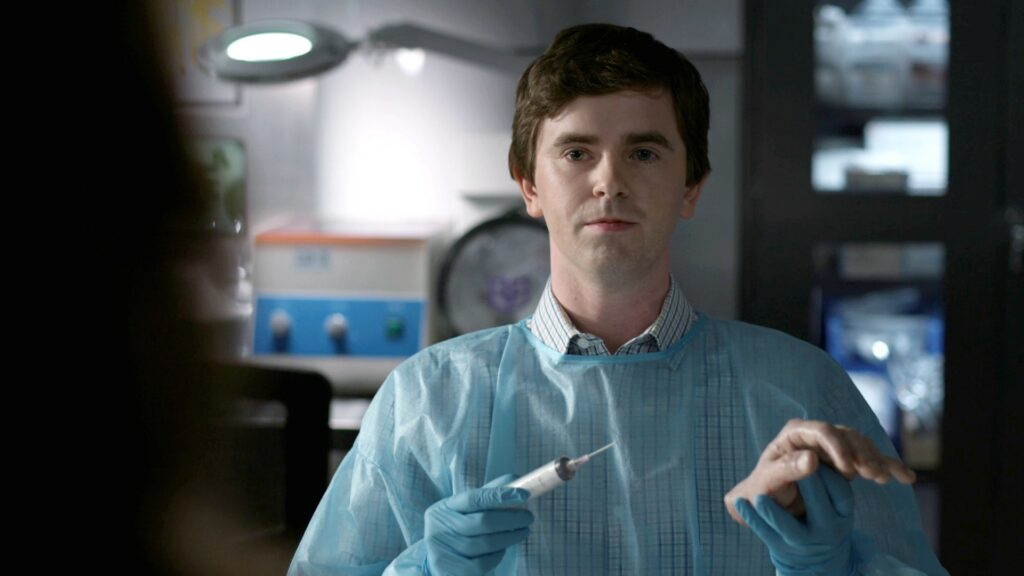
Joni’s sharp questioning and attention to detail expose a crucial point of contention: Park recalls suggesting the possibility of vasospasm and a calcium channel blocker treatment before Shaun proceeded with the amputation. This revelation casts doubt on Shaun’s immediate decision and introduces the possibility that amputation might have been avoidable.
To seek definitive answers, Shaun retrieves Bob’s amputated hand from pathology to conduct a lactate test, aiming to prove the medical necessity of his action. Joni intervenes, not to suppress the truth, but to shift Shaun’s focus. She argues that the lactate test, regardless of its outcome, won’t address the fundamental question: Did Shaun act reasonably and ethically based on the information available to him at that critical moment? Shaun, surprisingly, puts his faith in Joni’s judgment over the cold objectivity of a medical test, stating, “Because… the test doesn’t care.”
Legal Battles and Personal Breakthroughs
The motion to dismiss, spearheaded by Joni, hinges on California’s Good Samaritan law, arguing that Shaun acted as a civilian offering aid, not in his professional capacity as a surgeon, during the field amputation. However, Joni’s OCD manifests in court. Triggered by a chair squeak, she freezes, unable to complete her argument, leading to the motion’s dismissal.
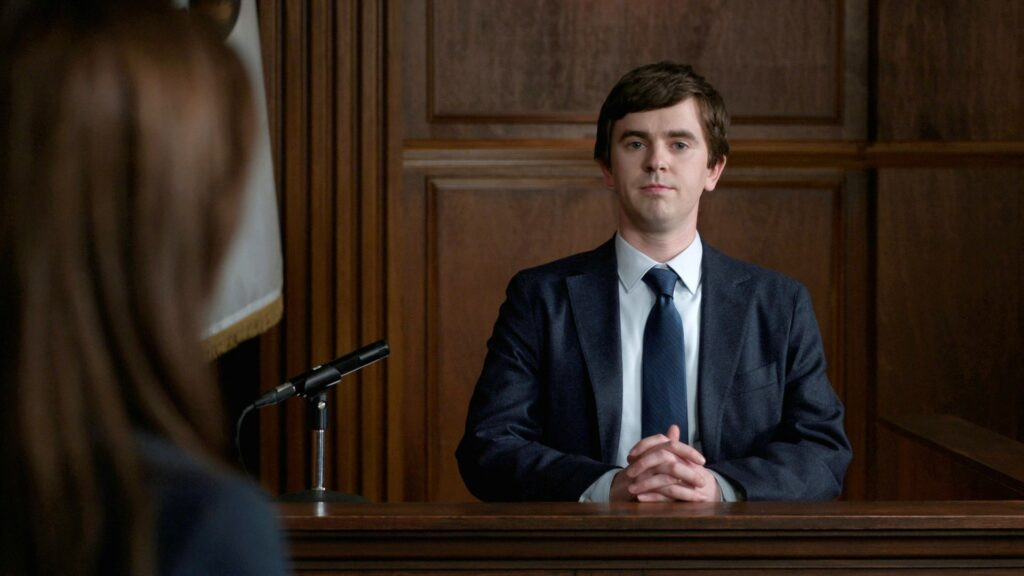
Despite this setback, Shaun remains steadfast in his belief in Joni. Janet, while concerned about Joni’s limitations, recounts an incident highlighting Joni’s past struggles with OCD and her subsequent threat of an ADA lawsuit, revealing the firm’s complex history with Joni. However, impressed by Joni’s legal brief and recognizing Shaun’s unwavering trust, Janet agrees to a compromise: Joni will be first chair, but Janet will be present in court, taking the lead in the actual legal proceedings.
During the trial, Joni’s meticulous nature proves invaluable. While cross-examining the plaintiff’s medical expert, Joni’s sharp observation of medical photos reveals evidence suggesting the absence of vasospasm in Bob’s radial artery, strengthening Shaun’s defense. Later, during the cross-examination of Bob, Joni skillfully exposes his reckless driving and lack of remorse, painting him in a less sympathetic light.
Another OCD trigger – a single chair squeak – momentarily paralyzes Joni again. Janet, understanding Joni’s struggle, subtly manipulates the situation to provide the missing squeaks, enabling Joni to regain focus and continue her line of questioning. This unconventional act of support, while resulting in a contempt of court charge and a fine for Janet, underscores her growing respect for Joni.
In a pivotal moment, Shaun, when asked if he made any mistakes, surprisingly admits to minor procedural errors during the field amputation. However, he resolutely defends the necessity of the amputation itself and, more importantly, his fundamental decision to help Bob. Joni then shifts the focus, prompting Shaun to share his personal journey of overcoming obstacles to become a doctor. Shaun’s powerful testimony about his autism and his unwavering determination to save lives resonates deeply with the jury.
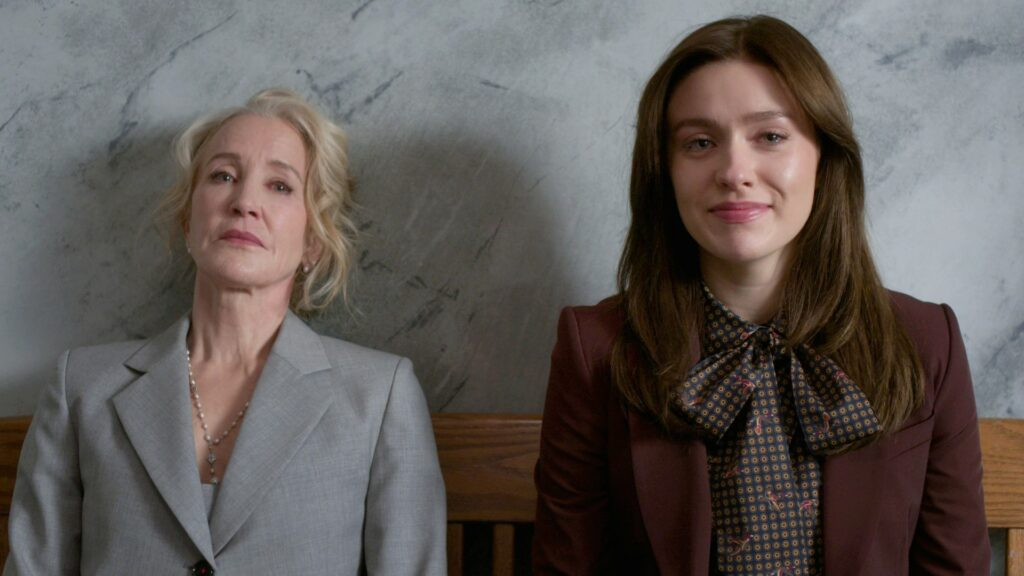
Joni’s closing argument is a passionate plea for empathy and understanding. She urges the jury to look beyond Shaun’s social awkwardness and mannerisms, to see him as a compassionate individual who acted to save a life. She argues that instead of punishment, Shaun deserves gratitude.
The jury ultimately finds Shaun not guilty, a victory celebrated with relief and tequila shots. However, Shaun’s pursuit of truth remains undeterred. He and Joni return to the hospital for the lactate test, the episode ending before the results are revealed, leaving the medical justification for the amputation and the true nature of “justice” in a captivating state of ambiguity.
Joni DeGroot: A Lawyer with a Unique Perspective

Joni DeGroot is introduced as a brilliant but underutilized lawyer at Franklin Maxell & Associates. Her OCD limits her client interaction, confining her to a cramped office and research work. Despite these limitations, Joni possesses exceptional analytical skills and a remarkable memory. She is initially resigned to her situation, believing her OCD prevents her from being a “full-fledged defense attorney.”
Shaun’s arrival changes everything. He sees beyond Joni’s OCD, recognizing her intelligence and unique strengths. Hiring her as his lawyer empowers Joni and challenges her self-imposed limitations. While excited, Joni also acknowledges the challenges of navigating court with her OCD rituals on display.
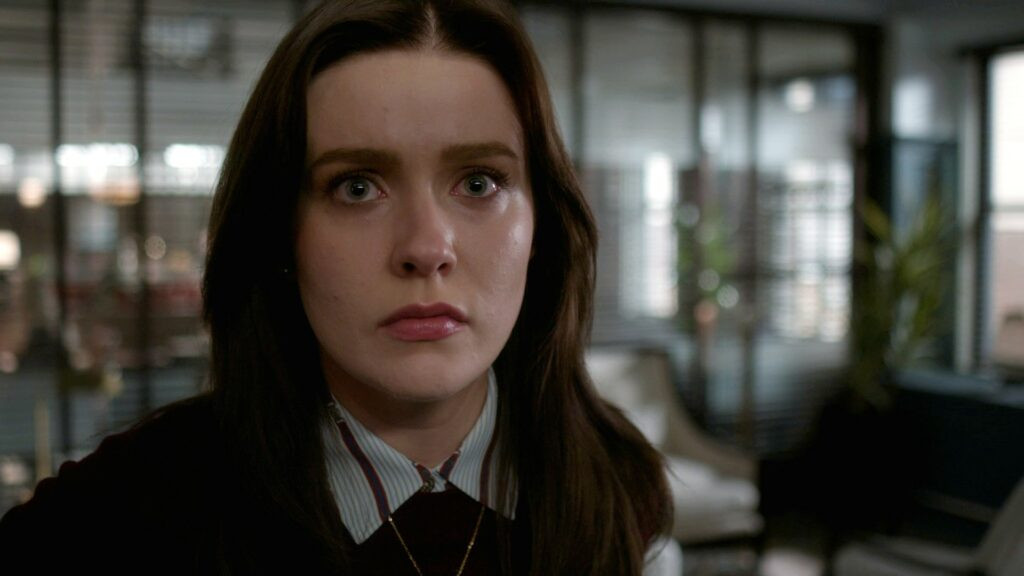
Joni’s journey is one of self-discovery and overcoming adversity. Her OCD creates obstacles, causing tardiness and moments of paralysis in court. However, her attention to detail and unique way of processing information become crucial assets in Shaun’s defense. Her vulnerabilities and strengths are intertwined, making her a compelling and relatable character.
Joni’s backstory reveals a childhood marked by trauma and instability. Her father’s death, her mother’s struggles with alcoholism, and the foster care system shaped her and likely contributed to the development of her OCD. Law became her chosen path because a lawyer once helped her family during a difficult time, offering stability and hope. This personal motivation adds depth to her character and explains her fierce dedication to justice.
Joni’s relationship with Janet evolves throughout the episode. Initially, Janet is critical and skeptical of Joni’s abilities. However, as Joni proves her legal acumen and unwavering commitment to Shaun’s case, Janet’s attitude shifts to one of respect and mentorship. Janet’s final affirmation, “You are a good lawyer,” is a powerful moment of validation for Joni and marks a significant turning point in her professional journey.
Points for Discussion and Reflection
The Reality Question: Believability vs. Drama
The episode grapples with realism, particularly in the compressed timeline of the legal proceedings and some medical plausibility stretches. While dramatic license is expected in television, some plot points felt forced to escalate the drama, potentially sacrificing believability. The speed of the lawsuit, the convenient preservation of the amputated hand, and certain medical justifications raise questions about the episode’s grounding in reality.
However, the episode’s focus on ethical dilemmas and character development remains compelling. The unrealistic elements can be viewed as a backdrop for exploring themes of medical ethics, legal justice, and the challenges faced by neurodivergent individuals in navigating complex systems.
Mirroring and Mentorship: Echoes of “The Good Doctor”
The episode cleverly mirrors elements of The Good Doctor, drawing parallels between Shaun and Joni, and Glassman and Janet. Joni’s backstory echoes Shaun’s in some ways, highlighting shared themes of childhood adversity and the impact of a supportive figure. Janet and Glassman both serve as mentors, guiding their respective mentees and offering crucial support.
The visual storytelling and flashback sequences also evoke the style of The Good Doctor‘s pilot episode, creating a sense of thematic connection and reinforcing the mentor-mentee dynamic.
Visual and Emotional Storytelling
The episode excels in visual storytelling, using creative cuts, flashbacks, and symbolic imagery to enhance the narrative. The car accident reconstruction scene and the blending of present and past timelines are particularly effective. The episode also masterfully balances the legal drama with emotional depth, allowing viewers to connect with Shaun and Joni on a personal level.
Lingering Questions and Future Potential
The episode leaves several questions unanswered, most notably the outcome of the lactate test. This ambiguity serves to emphasize the episode’s central theme: justice is not always about definitive answers or objective truths, but about ethical considerations and human judgment.
“The Good Lawyer” successfully introduces compelling new characters and raises thought-provoking questions about the legal and medical worlds. If the series is picked up, a more grounded approach to legal and medical realism, combined with the strong character-driven narratives established in this episode, could create a truly exceptional show.

The return of Shaun’s “milestone shirt” is a subtle detail that resonates with long-time viewers, adding another layer of emotional depth to the episode.
Memorable Moments and Lines

- Shaun’s blunt question to Janet about billable time, showcasing his characteristic directness.
- Shaun peeking into Joni’s office, a moment of endearing curiosity.
- Lea’s insightful question about Glassman’s reaction to Joni, highlighting her understanding of their relationship.
- The visually stunning car accident reconstruction sequence.
- Shaun’s poignant statement, “Because… the test doesn’t care,” emphasizing the human element over pure science.
- Shaun’s dedication to supporting Joni, reflecting his growth and empathy.
- Joni’s powerful courtroom presence and her unwavering advocacy for Shaun.
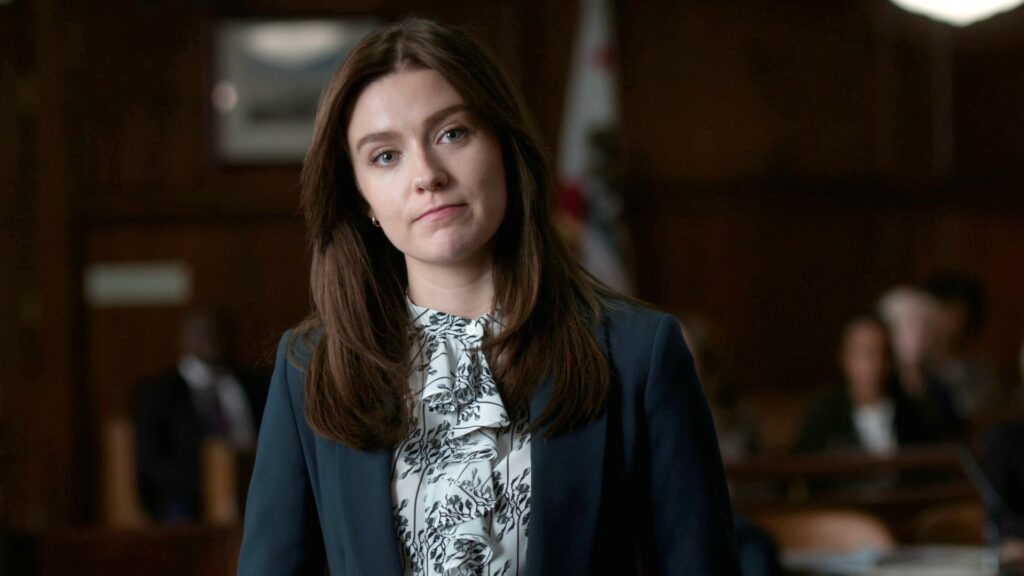
- Shaun’s nuanced performance on the witness stand, balancing his quirks with effective communication.
- The developing bond between Shaun and Joni, hinting at a potentially enriching friendship.
Missed Opportunities
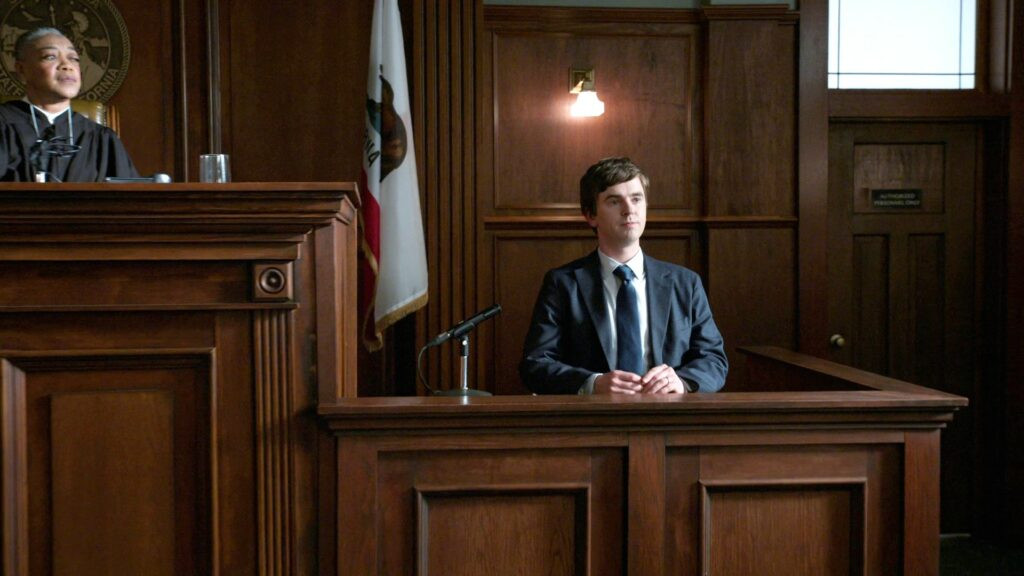
- Deeper exploration of Lea’s perspective on Shaun’s interactions with Joni.
- A scene depicting Shaun persuading Janet to reconsider Joni.
- Hearing Shaun’s full courtroom testimony about his life and career.
- Clarity on the lactate test results to provide a sense of closure, even if ambiguous.
- Extended celebration scene to further develop the Shaun/Joni dynamic.
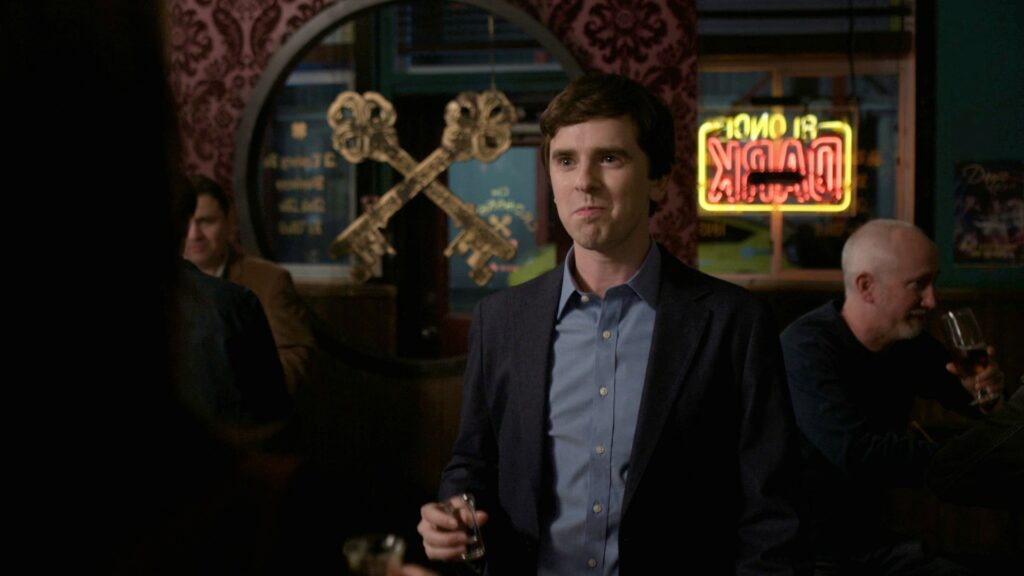
Despite its imperfections, “The Good Lawyer” is a compelling episode that sets the stage for a potentially fascinating spin-off series. It explores complex ethical and legal questions, introduces memorable characters, and showcases the enduring appeal of The Good Doctor universe. Hopefully, if “The Good Lawyer” moves forward, it will refine its approach to realism while retaining the heart and character-driven storytelling that made this episode so engaging.
previous episode
next episode
